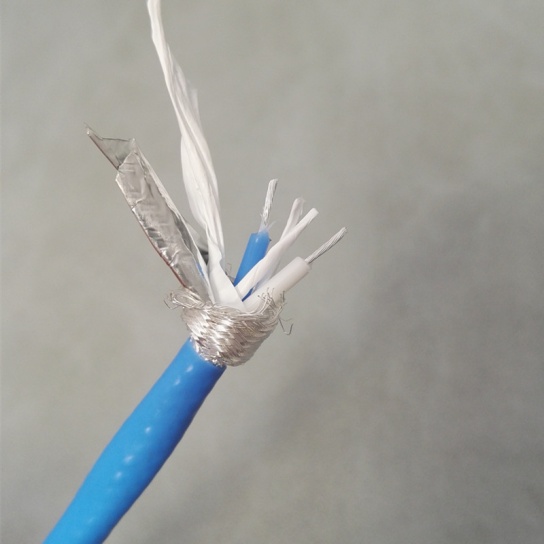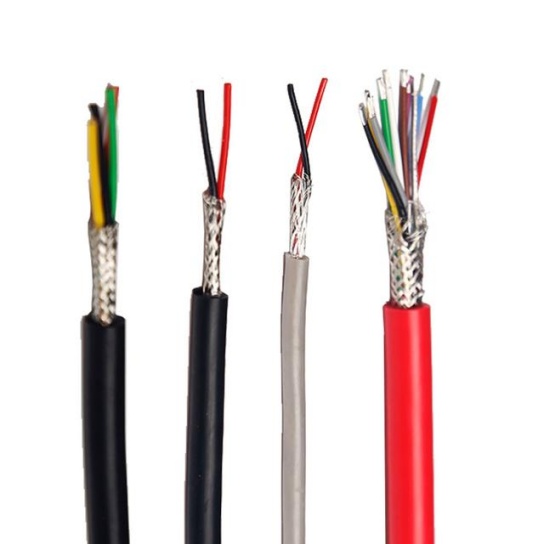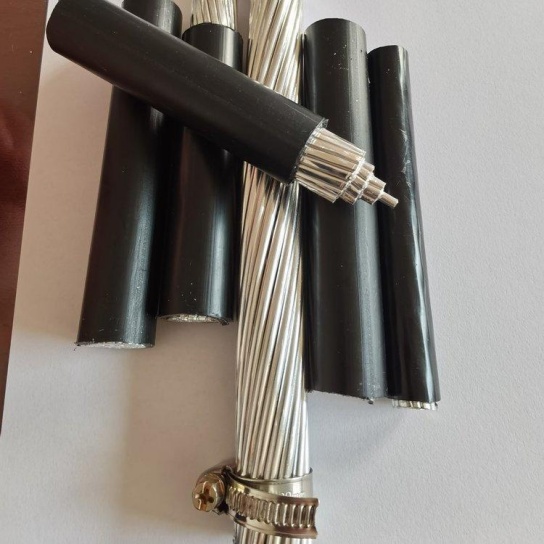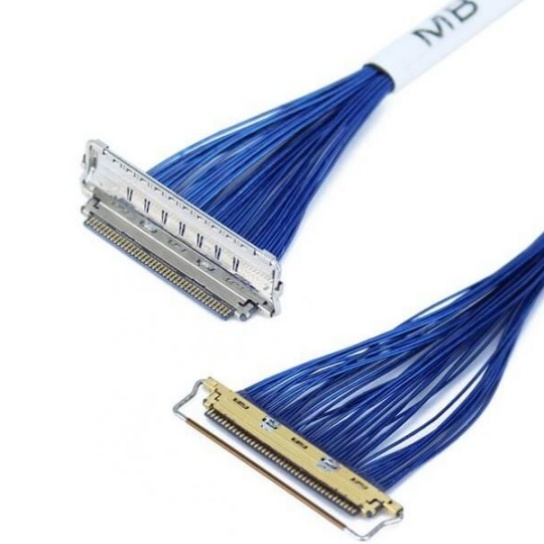Aircraft Cable Assemblies: Meeting the Needs of Cargo Aircraft
Cargo aircraft serve as the backbone of global logistics, transporting everything from heavy machinery to perishable goods across continents. Unlike passenger aircraft, their design prioritizes payload capacity, durability, and adaptability to extreme operational conditions—requirements that directly shape the performance expectations for aircraft cable assemblies. These assemblies, which include stranded cables, insulated conductors, connectors, and mounting hardware, are integral to critical functions: cargo restraint, hydraulic/pneumatic system control, door actuation, and avionics signal transmission. To ensure reliability in high-stress environments, they must address four key needs of cargo aircraft.
1. High Load-Bearing Capacity for Cargo Restraint
Cargo aircraft often carry irregular or heavy loads (up to 150 tons for large freighters like the Boeing 747-8F). Cable assemblies used in cargo restraint systems—such as tie-downs, winch cables, and floor locking mechanisms—must withstand constant tension, shock loads during turbulence, and repeated loading/unloading cycles. Engineers address this by using high-strength materials: galvanized carbon steel for cables (offering tensile strengths of 2,000–5,000 lbs) or corrosion-resistant stainless steel for humid or coastal routes. Stranding patterns (e.g., 7×19 or 19×19) further enhance flexibility while maintaining load capacity, preventing cable kinking when securing irregularly shaped cargo.
2. Extreme Environmental Resistance
Cargo aircraft operate in diverse climates: from -65°C (-85°F) in polar routes to 55°C (131°F) in desert regions, plus high humidity, salt spray (for oceanic flights), and exposure to fuel vapors or cargo contaminants (e.g., chemicals, food oils). Cable assemblies must resist degradation to avoid system failures. Insulation materials play a critical role here: fluoropolymer (e.g., PTFE) or silicone rubber insulators provide temperature resistance from -65°C to 150°C, while halogen-free jackets comply with fire safety standards (e.g., FAR 25.853) to reduce smoke and toxic gas emission in case of fire. For corrosion protection, connectors are plated with nickel or gold, and cable jackets are reinforced with polyurethane to repel oil and chemicals.
3. Vibration and Fatigue Durability
Cargo aircraft experience higher vibration levels than passenger jets, driven by heavier payloads and more frequent takeoff/landing cycles. Cable assemblies mounted near engines, landing gear, or cargo doors are prone to fatigue failure if not engineered for vibration resistance. Design solutions include:
- Flexible conduit sleeves to absorb vibration and prevent cable abrasion against metal frames;
- Crimped rather than soldered terminals, which create a more robust electrical connection under vibration (meeting SAE AS 81822 standards);
- Stress-relief boots at connector interfaces to distribute tension and reduce wear on conductor insulation.
These features extend the assembly’s service life to 10,000+ flight hours, minimizing maintenance downtime—critical for cargo operators where on-ground delays directly impact supply chains.
4. Customization for Diverse Cargo Aircraft Designs
No two cargo aircraft are identical: a narrow-body freighter (e.g., Airbus A321F) has different cargo door mechanisms than a wide-body (e.g., Boeing 777F), and converted freighters (from passenger jets) require retrofitted cable assemblies to fit modified cargo bays. Cable manufacturers must offer customization, including:
- Tailored cable lengths to match unique cargo bay dimensions;
- Connector compatibility with existing aircraft systems (e.g., MIL-DTL-38999 for avionics, MS25036 for power cables);
- Integration with specialized hardware (e.g., quick-release fasteners for rapid cargo reconfiguration).
Compliance with global standards—such as FAA AC 20-136, EASA CS-25, and ISO 10489—ensures these custom assemblies meet safety and performance requirements across regions.
Why Quality Cable Assemblies Matter for Cargo Operations
A single cable failure can have severe consequences: a snapped cargo restraint cable could shift payloads mid-flight, damaging the aircraft or causing instability; a faulty door actuation cable could delay ground operations, costing operators $10,000+ per hour of downtime. Investing in engineered cable assemblies isn’t just a safety measure—it’s a financial one, reducing maintenance costs and ensuring on-time deliveries.
For cargo aircraft operators and MROs seeking reliable, high-performance cable assemblies, FRS brand factory stands out as a trusted partner. FRS specializes in custom cable solutions tailored to cargo aviation’s unique demands: from high-load restraint cables made with galvanized steel to temperature-resistant avionics assemblies with PTFE insulation. Every FRS product complies with FAA, EASA, and SAE standards, undergoing rigorous testing (vibration, corrosion, load) to ensure durability. With fast turnaround times for custom orders and global support, FRS helps keep cargo aircraft flying safely and efficiently—no matter the payload or route.






